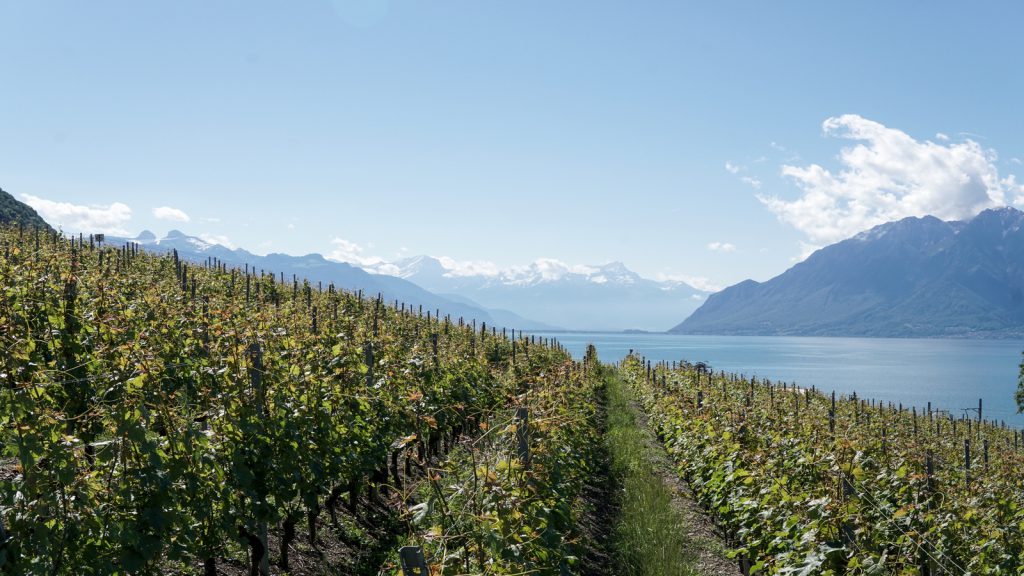xtraWineXperience continues in Lombardy. In this third episode will will travel to this wonderful region that is well known for its important role in the economy of the country.
#xtraWinexperience continues its discovery of the Italy of wines and will visit Lombardy.
Even though Lombardy is known for its industry, it is just as equally an expert in wine making.
Diamond tips of the Lombard production are the DOCG sparkling wines of Franciacorta, elaborated with the refermentation in the bottle of base wines obtained mainly from Chardonnay, and those of DOCG Oltrepò Pavese Metodo Classico, based on Pinot Noir, a vine that also gives excellent results in this area Red wines.
The Oltrepò Pavese is distinguished by a very wide ampelographic base, in which you can meet chardonnay, Italic Riesling (which has nothing to do with the German version!) and Pinot Grigio, white muscat and Malvasia, all white, even if the most characteristic vines are reds Barbera and Croatina, often processed in nice sparkling versions with a delicate nuance.

In addition to Franciacorta, in the province of Brescia there are still interesting red and white wines in the Curtefranca DOC; elaborated above all from international vines, as well as reds based on groppello in the Garda Bresciano area.
Further North, in Valtellina, Nebbiolo, which is here called Chiavennasca, finds an environment suited to its needs even beyond the borders of Piedmont.
Here, in fact, the territory gives wines an excellent structure and good longevity, especially in DOCG Valtellina Superiore and Sforzato of Valtellina, the latter obtained with a partial drying of the grapes.
What Grapes are Typical of Lombardy?
The grape variety available in this region is mirrored in the great choice of wines Lombardy offers to wine lovers and enthusiasts. This diversity is possible because of the perfect location of its vineyards. Protected by the Alps and nourished by four lakes (Lake Como, Lake Garda, Lake Iseo and Lago Maggiore), the territory is protected by extreme temperatures all year round.
A non exhaustive list of grapes that come from Lombardy must include:
- Chardonnay: The green-skinned chardonnay grape is characterized by its malleability, meaning it can effectively take on the influences of its terroir and different wine making techniques. Chardonnay has a long history of cultivation throughout France and the rest of Europe, especially in Italy—after many of Italy’s native grapes suffered in the aftermath of the phylloxera epidemic, Chardonnay single-handedly helped to restore regions like Franciacorta, now a champion of the grape with its renowned sparkling wine.
- Riesling Italico (Welschriesling): Though it shares a name, riesling Italico is unrelated to the riesling grape native to the Rhine region of Germany, which goes by the name riesling renano. Lombardy’s proximity to its Alpine, Northern neighbors means that both grapes are occasionally used in varietal wines or blends. Riesling Italico is known primarily for its neutral flavor palate and boost of acid it brings to a wine.
- Pinot Grigio: A popular grape variety that produces a light, refreshing white wine, pinot grigio is a white wine grape varietal from the Pinot grape family, which includes Pinot Blanc (pinot bianco) and pinot noir (pinot nero). In Lombardy, wines produced with pinot grigio are on the dry side, and most DOC blends require a minimal fraction of the national grape to be included.
- Chiavennasca: Chiavennasca is the Lombardy name for Nebbiolo, a red wine grape tMerlot:hat produces iconic, highly regarded wines in Italy and grows almost nowhere else. Only relatively small quantities of this high-quality wine are produced by old winemaking families, which helps maintain the grape’s elite reputation. Rossola Nera, native to Valtellina, is a descendant of Nebbiolo used in that area’s famed expressions of the grape.
- Merlot: Italy is the third largest grower of Merlot worldwide. Vines grown in northern Italian regions like Lombardy are considered examples of a “cooler climate” Merlot: An earthier, more Savoury finish, with notes of boysenberry, tobacco, fig, licorice, herbs.
We will go through these fascinating territories and bring you the best wines and propose exciting promotions for our beloved xtraWine enthusiasts so…

Interviste esclusive dal mondo del vino ed approfondimenti da chi fa del vino una ragione di vita, di business e di cultura.









